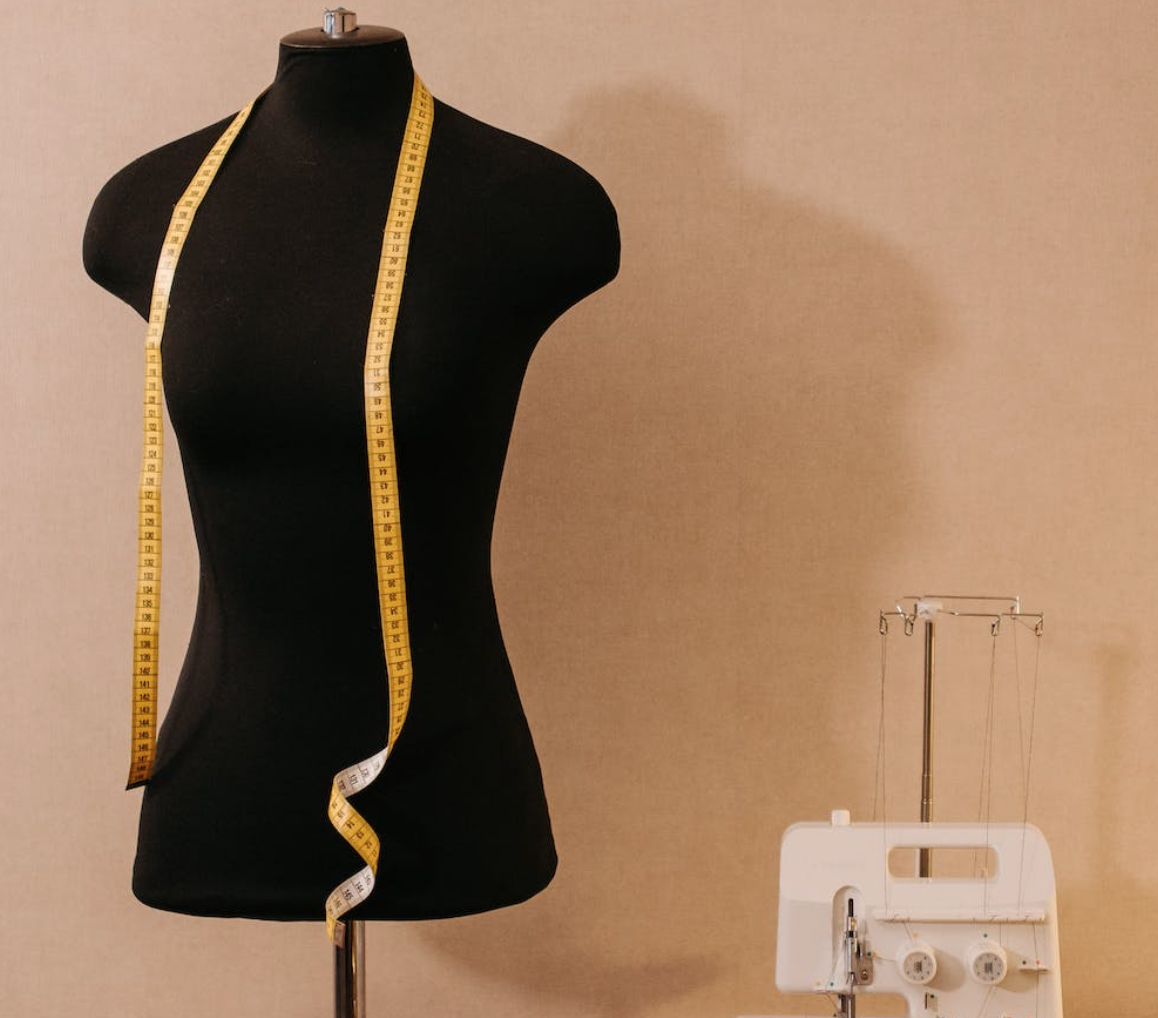When I saw that low-rise skirts and jeans were strutting their way down catwalks this year, I and everyone else who relished in the day these looks were deemed outdated let out a disgruntled sigh.
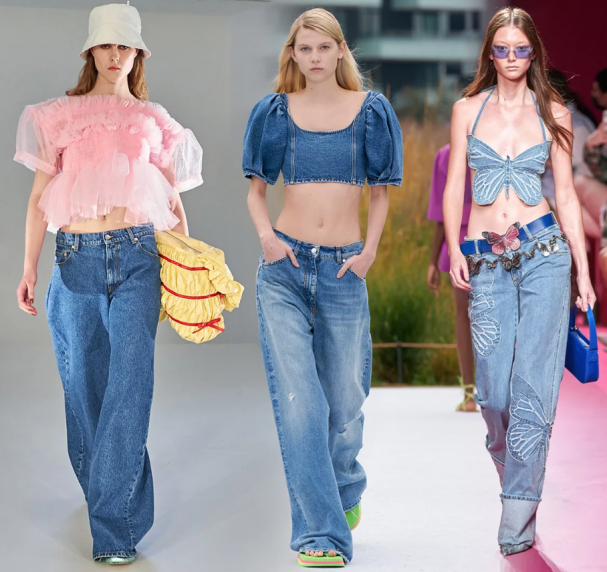
Molly Goddard spring 2022; MSGM spring 2022; Blumarine spring 2022/ Vogue
It wasn’t about not being the fondest of certain cuts (although low-rise jeans have a special place at the top of my discomfort no-gos). It signalled other elements that the resurgence of Y2K fashion had brought back onto the scene and more importantly, off the runway.
The most concerning? Size 0 as an aspirational body standard crept back into the limelight – something we haven’t seen idealised in many places beyond high fashion in over a decade.
The shapeshift of an era
Cast your mind back a few years. It’s the early 2010s. Ipods ruled the roost, social media photos were all doused in filters (it was what is now called a ‘vintage’ aesthetic) and things were starting to change in the fashion and beauty world not for the best but for a little better. Vogue had even gone as far as to advise on how to get ‘better curves.’
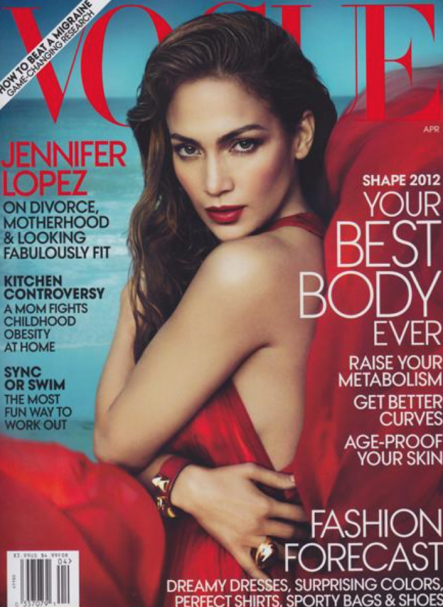
J-Lo on the cover of Vogue/ April 2012
Suddenly, idealised body types looked different. Heroin chic was out and a new, hourglass-stamped era was ushered in – romanticizing a version of a body type last appreciated in the 60s.
Beyoncé was serving body goals before the term was coined. Kim Kardashian’s ass became an entire business model that influenced the influencer. In fact, there was a time when Kim K would never have been considered eligible for a high fashion magazine cover, and then 2014 saw her break the internet – Paper’s cover title – for the same reasons that at one point were ridiculed in editorial.
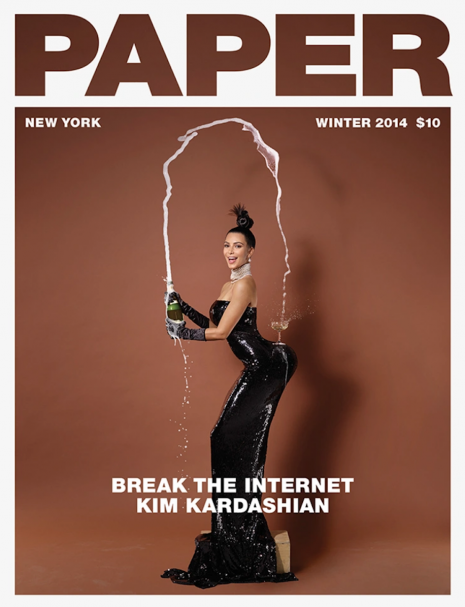
Kim Kardashian breaks the internet/ Paper Magazine 2014
People called it progress. Others called it a new kind of problematic. Still, the fit and curvier look at least didn’t advertise unhealthy eating regimes.
Hello new influences
The shapeshift happened because magazines no longer had the entire floor to tell us what was beautiful; social media stars had grabbed the mic. As The Fashion Network recalls:
“Traditionally, before social media, becoming a fashion icon was next to impossible. Someone in the fashion industry had to see you and think you were incredible. They had to build your brand from scratch.”
Don’t be fooled; the new wave wasn’t innocent. It came with its own Brazilian Butt Lift and plastic surgery-related problems. BBLs, for one, rose by 90% in demands in 2019-2020.
No, it wasn’t nearly as inclusive as body activists would’ve liked. Even with the rise of icons like Ashley Graham, it still isn’t. But it did make room for people to focus on health – especially as the fitness influencer was born.
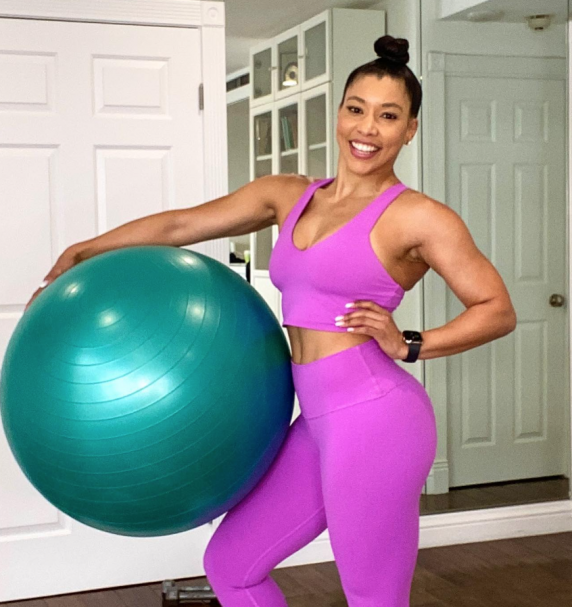
@msjeanettejenkins/Instagram
People shared tips on how to consume more consciously as opposed to living off ridiculously restrictive diets. If you need a reminder of just how toxic things once were, give a pop-culture classic like The Devil Wears Prada a re-watch and try not to smack the TV when you hear Emily talk about her meal of the day – a slice of cheese.
The 2010s and early 2020s weren’t perfect when it came to Western-influenced beauty standards, but what they sold looked better than a daily meal of cheese.
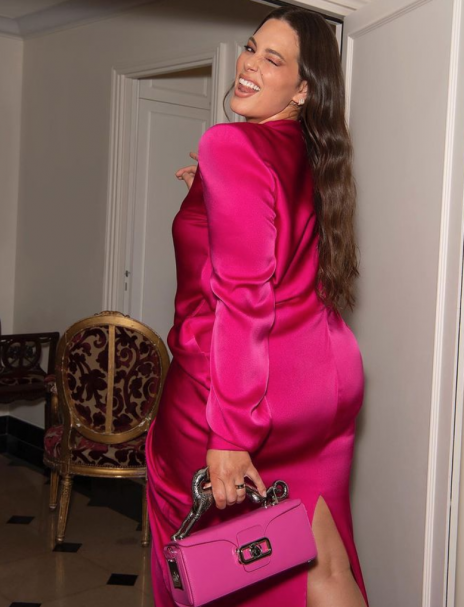
Ashley Graham by @jasonlloydevans/ Instagram
Fast forward to the present and you’d think that the way forward for the next era would’ve taken notes from other era’s push-backs against unhealthy beauty standards. But alas, it seems for once recycling was not the right decision.
The wrong way to recycle
Like all trend cycles, recycling is simply part of the industry. But the return of the size 0 as a standard? We could’ve done without it.
The blame-game
Some are blaming high fashion brands like Miu Miu (or at least their revived mini-mini skirt) and even Coperni with their spray-paint dress show-stopper on Bella Hadid for the blast from the past.
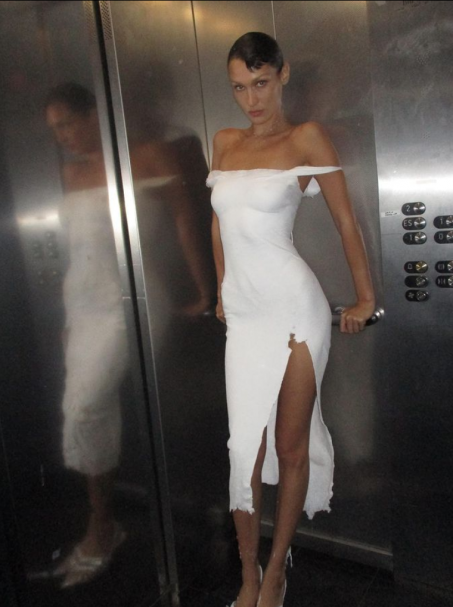
@bellahadid/Instagram
Others are blaming the likes of Kim and Khloe Kardashian for shredding down dramatically.
But can we actually blame either?
High-end fashion brands have never had a rep for spearheading body positivity. Yes, France banned extremely thin models a few years back and yes houses like Balenciaga have made efforts to showcase plus-sized beauty. But the fashion industry has been using the same models (literally and business-wise) for a long time. We know better than to shape ourselves after supermodels by now, and we have access to a diverse range of other icons to be inspired by. The industry needs to do better, but the size 0 return looks far beyond what designers think should be in, or on.
As for pop culture icons like Kim and Khloe; the size-down resurgence can’t be pinned on them completely either. Some pop culture enthusiasts believe that Kim’s transformation really started after she needed to fit into Marilyn Monroe’s dress for the Met Gala. Others think she’s attempting to rebrand entirely. Regardless of speculations, the public doesn’t know what was behind their body changes, and it isn’t our business. We don’t need to follow the pop culture leaders anymore.

@kimkardashian/ Instagram
Body shaming people who actually are size 0s isn’t what a more wholesome society needs either. The modelling industry has a long way to go, but there are also real people who struggle with being body shamed for their naturally smaller frames and that’s not what body positivity encompasses.
The real concerns to me, are the social media users who know better and still promote unhealthy and unattainable standards.
The consumer has never been more influential than right now, and we have a lot more say than we think: subversive superpowers!
In today’s world, icons don’t create trends – they recreate what we’re interested in because it’s us they need to sell to. Trends come from Twitter threads, what’s seen as ‘everything’ on a reel and who we deem iconic on TikTok.
Someone isn’t going to want to hear this, but we all have a responsibility as users to be mindful in what we share, because the influence could be massive, or size 0.
ALSO SEE:
How to love yourself when you’ve got body dysmorphic disorder
Feature Image: Pexels

